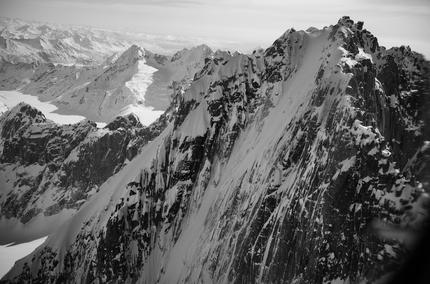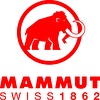Big new climbs on Mantok 1 and Mount Charles in Alaska by Fred Caloggero, Joseph Hobby
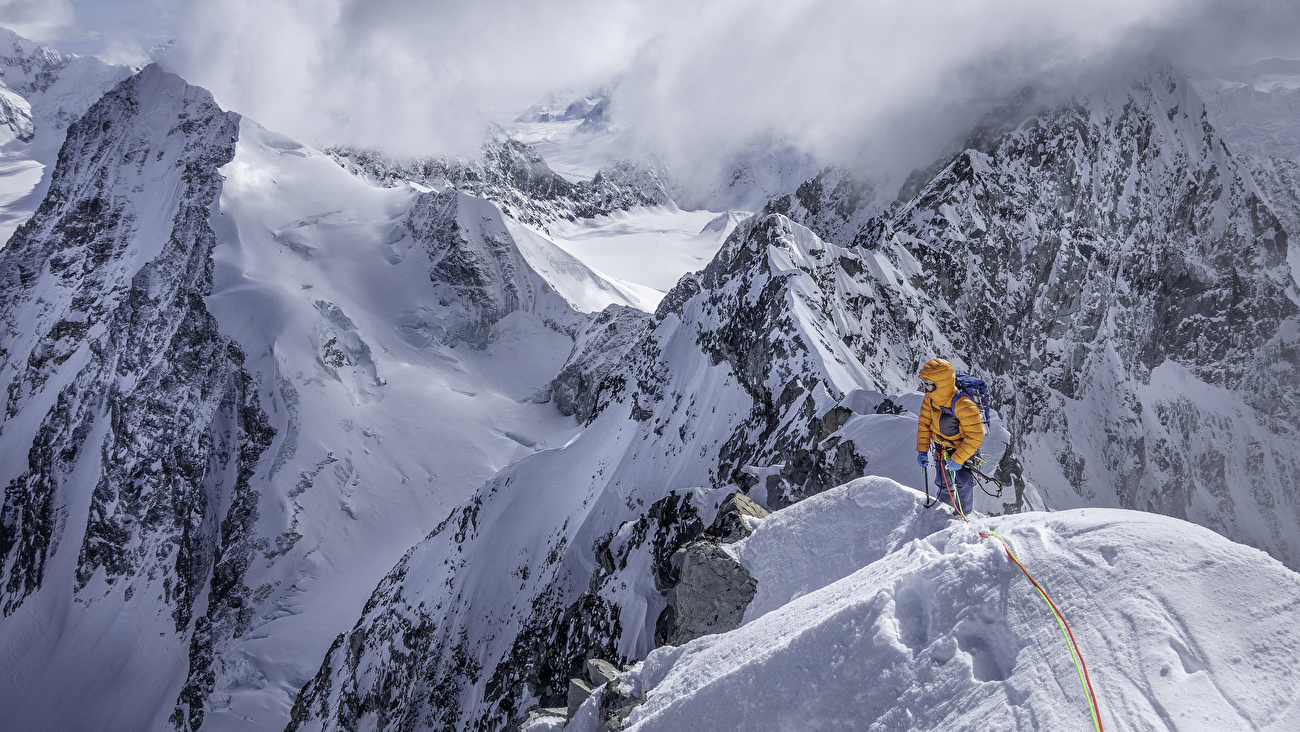
 1 / 19
1 / 19 Joseph Hobby
Joseph Hobby
In 2023, Fred Caloggero and I queued up with other climbers for our first expedition together in the Alaska Range, but the mountains had other plans. With minimal weather windows and a very precipitous season, we flew back south empty handed. Luckily, we’re pretty stubborn and 2024 would prove to be a different story.
On April 24th, Paul Roderick and Talkeetna Air Taxi flew us into a seldomly visited area of the Alaska Range off the Yentna glacier, on the SW flanks of Mount Foraker. After sledding our kit to a desired and temporary homestead we agreed on a plan for the following day. Our intended ‘warm up’ would be a new route on Mantok 1 that paralleled the previous and only ascent of the peak by Freddie Wilkinson, Peter Doucette, and Ben Gilmore in 2008.
A flurry of packing proceeded with the standard internal and external discussion of what to bring, what to leave and what we could get away with. Chaos subsided to contentment and we settled in for the night. The next morning, Fred and I set sail, departing camp on skis with heavy packs and mountain boots in tow. After navigating a broken glacier, we arrived at the base of our intended route on the East face, an obvious weakness on the left side of the formation.
What began as a couloir conducive to skiing quickly gave way to steeper snow, ice, and neve. The sun rolled in and out of clouds, and updrafts continued to increase from the relentless winds. We reached a notch in the ridgeline with a cave feature for a short break. To the NW, we could see miles of landscape into the tundra and dry foothills.
We had arrived at the crest of the Alaska Range. A rock feature hindered our progress, but after trundling ~20 blocks, we uncovered passage on better stone to a corniced and knife edged ridge. Continuing up and down along the ridge for some time, we finally reached the true summit. The cold and wind made for an exciting experience, and we were grateful for the intermittent sun between the clouds to provide some warmth.
Fred and I descended our path of ascent via rappels and much down climbing. Our route, Small Talk Couloir (1200m M4R 70° ice/snow) is an ode and piggyback to the FA team’s All Talk Couloir nearby.
I’ve completed expeditions and exploratory climbing on several different glaciers within the central Alaska Range and this place was like none that I have visited thus far. We were alone as far as humans were concerned, which I prefer. But after observing wolverine tracks on our first day, it made us rethink our solitude. While ravens are common in the Alaska Range, especially in more commonly visited areas, other animal sightings can be rare due to the lack of food, desolation, and complexity of glacier travel. Each morning, we awoke to the chirping of two curious Black-capped chickadees. During the day, echoes of snow geese migrating overhead stole our attention as we spotted their ‘V’ formations along the trajectory from Mount Foraker to the crest of the range.
After climbing Mantok 1, we opted to sleep in. This aligned with the mountain’s plans for us. That day we were entertained by loose snow avalanches crashing into the valley off neighboring peaks from the new snow that fell. Our next focus would lead us to the unclimbed peak 10,020 that resided ~2 miles SW of the Bat’s Ears. In 2010, Chris Wright and Joey McBrayer had completed a new route on the Northwest Face to the Northern ridgeline, but did not continue to the summit.
The following day, milky skies began to clear to blue and we departed camp for a reconnaissance mission. Unfortunately, like many of the surrounding peaks, the NW Face is littered with hanging seracs and bordered by a labyrinth of crevasses. Nevertheless, we discovered a couloir guarded by an amenable serac that would allow passage to a ramp system continuing toward the peak’s NE side.
On April 28th, Fred and I left base camp on a frigid, shaded glacier equipped with optimism and audibles. After accessing the NE side via moderate snow and ice with an occasional rock step, we transitioned back into skis and winded our way through a Dr. Suess land of cracks and serac debris. We arrived at the upper mountain a couple hours later and welcomed our first rays of sunshine. We dispatched the final 300m to the summit with a combination of simul-climbing and pitches through the steeper rime features. After a brief, but customary photoshoot and costume change, we descended via rappels and a partial ski descent (~1500m).
Fred and I named the peak Mount Charles as a tribute to my father and his grandfather. We named our route of ascent and descent Spectre (1700m 80° ice/snow, partial ski descent) originating from the Brocken spectre we observed near the summit and the gigantic cornice, that resembled a ‘hooded specter’ from the surrounding area.
There are styles of climbing and pursuits in the mountains, but the combination of creativity, problem solving, fitness, and healthy dose of luck, are a few of the reasons that I love alpine climbing so much.
by Joseph Hobby



 Copia link
Copia link
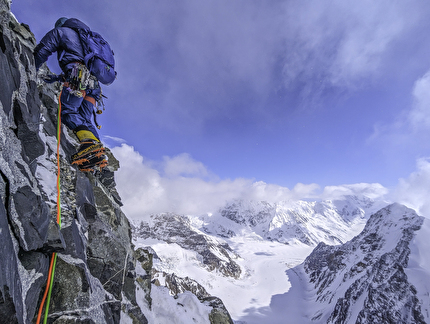
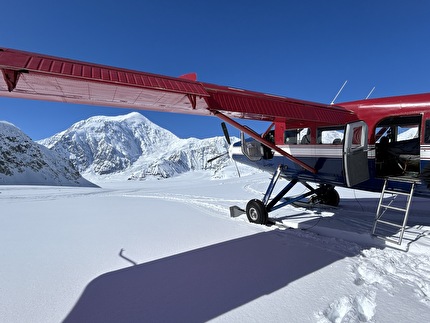
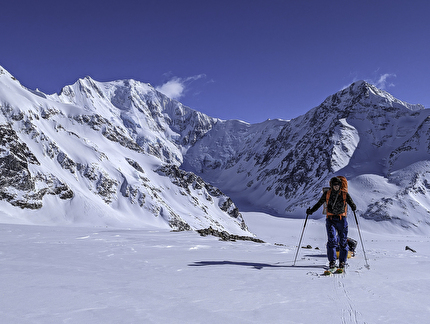
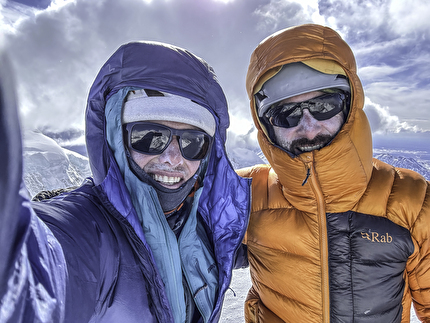
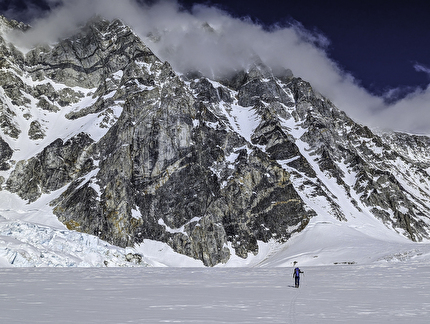
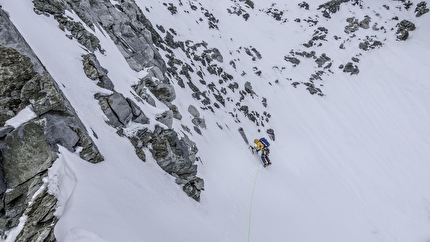
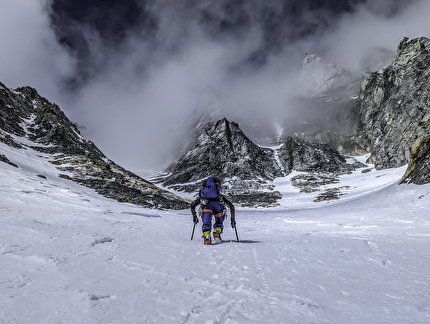
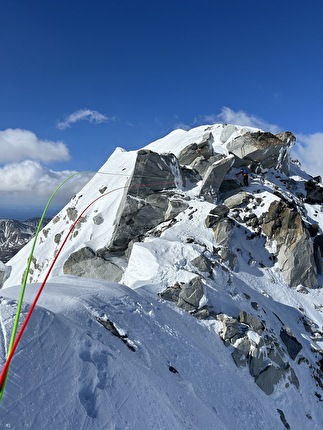
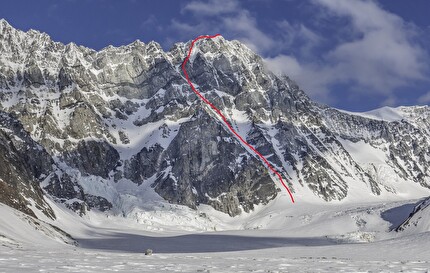
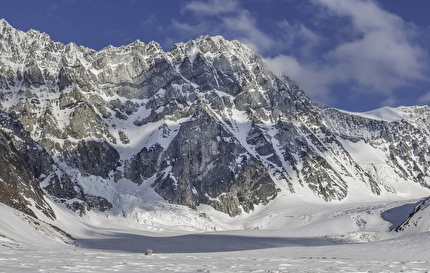
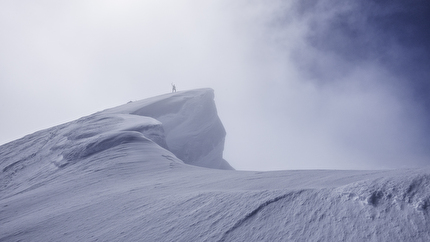
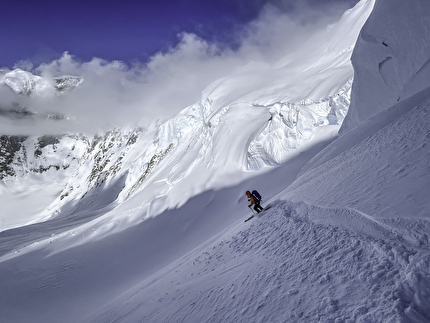
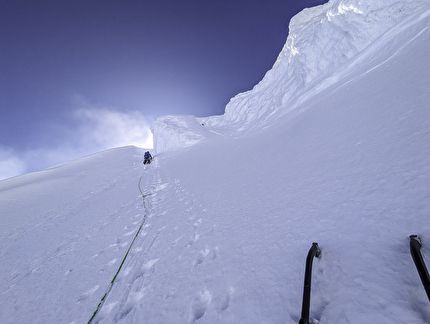
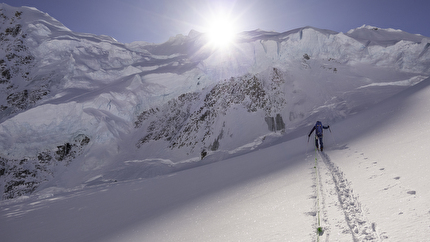
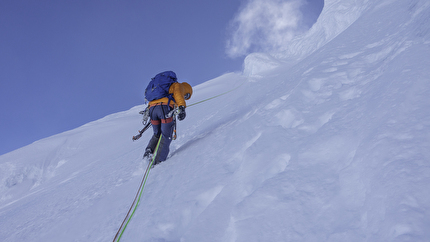
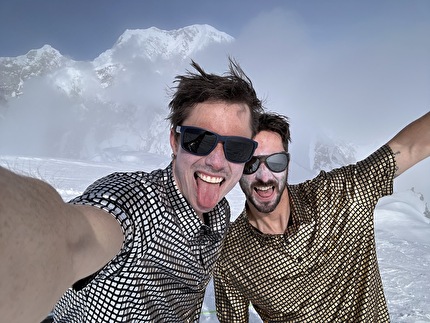
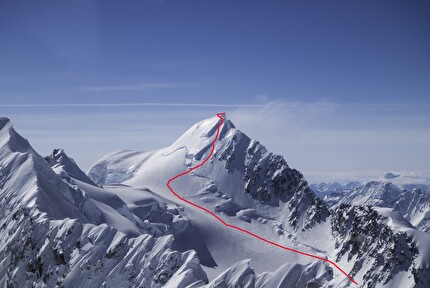
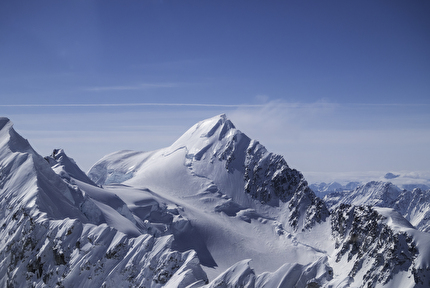
 See all photos
See all photos